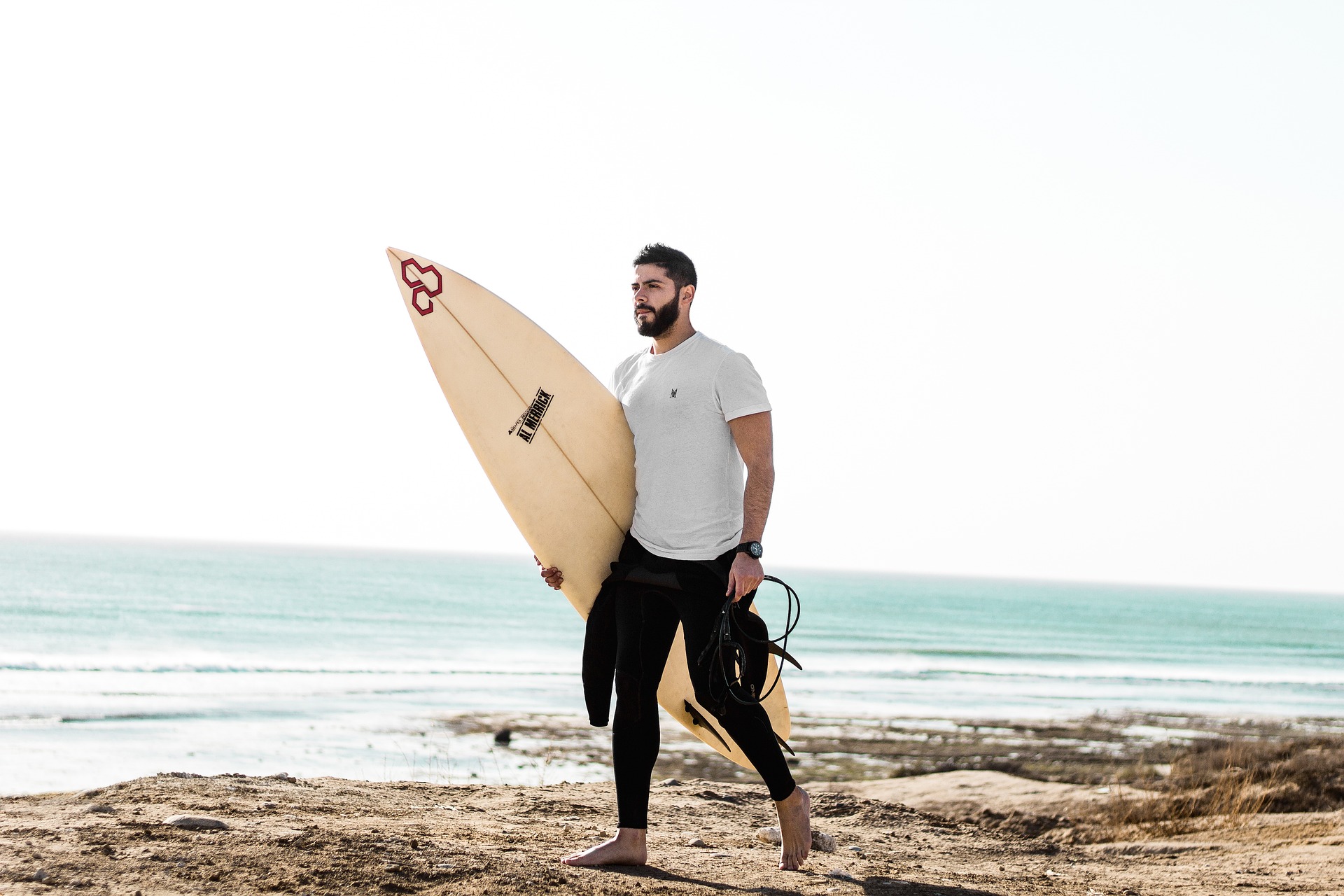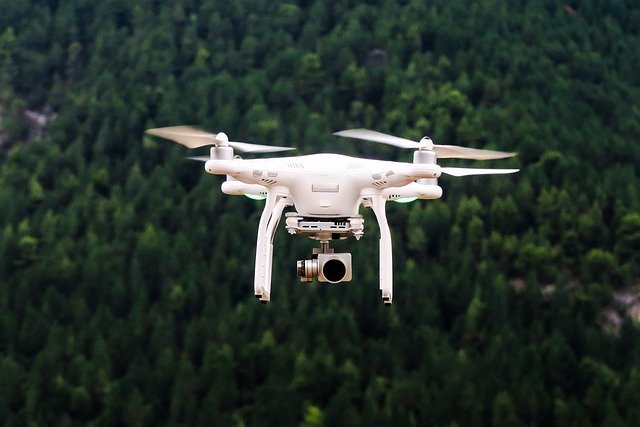Adaptive Surfing: Riding Waves Beyond Limits
The rhythmic crash of waves against the shore, the salty breeze carrying whispers of adventure, and the thrill of gliding across the ocean's surface – surfing has long captivated the hearts of water enthusiasts worldwide. But for many individuals with physical disabilities, this exhilarating sport seemed out of reach. Enter adaptive surfing, a groundbreaking movement that's reshaping the landscape of aquatic sports and challenging perceptions of what's possible in the water.

The turning point came in 2015 when the International Surfing Association (ISA) held the first-ever World Adaptive Surfing Championship in La Jolla, California. This event brought together 69 athletes from 18 countries, showcasing the incredible talent and determination of surfers with disabilities. It marked the beginning of a new era in surfing, one that embraced diversity and pushed the boundaries of what was thought possible on a surfboard.
As adaptive surfing gained recognition, organizations dedicated to its development began to emerge. The Challenged Athletes Foundation (CAF) and the High Fives Foundation played pivotal roles in providing support, resources, and opportunities for adaptive surfers. These organizations not only helped athletes access specialized equipment but also organized camps and clinics to introduce more people with disabilities to the sport.
Innovative Equipment and Techniques
The heart of adaptive surfing lies in its innovative approach to equipment design and surfing techniques. Traditional surfboards have been reimagined to accommodate a wide range of physical abilities, leading to the development of several specialized designs:
-
Prone Boards: These modified surfboards feature handles or straps that allow surfers with limited mobility to lie flat and maintain control while riding waves.
-
Kneeling Boards: Designed for surfers who have difficulty standing, these boards include a seat or support structure that enables riders to navigate waves from a kneeling position.
-
Tandem Boards: Larger boards that accommodate two people, allowing instructors or assistants to ride alongside adaptive surfers, providing support and guidance.
-
Wave Ski: A hybrid between a surfboard and a kayak, featuring a seat and paddle, ideal for those with lower limb disabilities.
-
Stand-Up Paddle Boards (SUPs): Modified with additional stability features, these boards offer a versatile option for adaptive surfers with varying levels of balance and strength.
Beyond equipment, adaptive surfing has also seen the development of innovative techniques. For instance, visually impaired surfers have learned to read waves through sound and feel, often guided by the voice of a partner on the beach. Surfers with paralysis have mastered the art of using their upper body strength to maneuver boards, while those with prosthetic limbs have developed unique ways to balance and control their rides.
The Therapeutic Power of Adaptive Surfing
While the competitive aspect of adaptive surfing has garnered attention, its therapeutic benefits have become increasingly recognized in the medical and rehabilitation communities. The sport offers a unique combination of physical exercise, mental stimulation, and emotional well-being that can be transformative for individuals with disabilities.
Physically, adaptive surfing provides a full-body workout that improves strength, balance, and coordination. The unpredictable nature of the ocean environment challenges the body in ways that traditional physical therapy often cannot replicate. For many adaptive surfers, the sport has led to significant improvements in mobility, muscle tone, and overall fitness.
Mentally, the challenges of surfing foster problem-solving skills, spatial awareness, and quick decision-making. The need to read waves, anticipate changes in the water, and adjust one’s position on the board engages the mind in complex ways, potentially aiding in cognitive rehabilitation for those with brain injuries or neurological conditions.
Emotionally, the impact of adaptive surfing can be profound. The sense of freedom and independence experienced while riding a wave often translates to increased confidence and self-esteem in other areas of life. Many adaptive surfers report reduced symptoms of depression and anxiety, attributing this to the meditative quality of being in the ocean and the sense of accomplishment that comes with mastering a challenging skill.
Dr. Carly Rogers, an occupational therapist and researcher at the University of Southern California, has been at the forefront of studying the therapeutic effects of adaptive surfing. Her work with veterans suffering from PTSD and physical injuries has shown promising results. “The ocean environment provides a unique healing space,” Dr. Rogers explains. “The combination of physical activity, exposure to nature, and the supportive community around adaptive surfing creates a powerful therapeutic experience.”
Competitive Landscape and Global Recognition
Since the inaugural ISA World Adaptive Surfing Championship in 2015, the competitive side of adaptive surfing has grown exponentially. The event now attracts over 100 athletes from more than 25 countries, competing across various classifications based on the type and level of disability.
The classifications in competitive adaptive surfing include:
-
AS-1: Surfers who ride waves in a standing or kneeling position
-
AS-2: Surfers who ride waves in a seated position
-
AS-3: Surfers who ride waves in a prone position
-
AS-4: Surfers with visual impairments
-
AS-5: Surfers with upper limb amputations or impairments
-
AS-6: Surfers with lower limb amputations or impairments
These classifications ensure fair competition and showcase the diverse range of skills and techniques within adaptive surfing.
The growth of competitive adaptive surfing has not gone unnoticed by the larger sporting world. In 2020, the International Paralympic Committee (IPC) granted the ISA provisional recognition, a crucial step towards potentially including adaptive surfing in future Paralympic Games. This recognition has led to increased funding, media coverage, and opportunities for adaptive surfers worldwide.
Challenges and Future Directions
Despite its rapid growth, adaptive surfing faces several challenges as it continues to evolve. Access to suitable beaches, specialized equipment, and trained instructors remains limited in many parts of the world. The cost of adaptive surfboards and support gear can be prohibitive for many individuals, creating barriers to entry.
Environmental concerns also pose challenges. As climate change affects wave patterns and ocean health, adaptive surfers, like all ocean users, must navigate changing conditions and work towards sustainable practices in their sport.
Looking to the future, leaders in the adaptive surfing community are focusing on several key areas:
-
Technology Integration: Advancements in materials science and 3D printing are opening new possibilities for customized, affordable adaptive surfing equipment. Researchers are exploring smart surfboards with sensors that could provide real-time feedback and enhance safety for visually impaired surfers.
-
Expanded Training Programs: Efforts are underway to develop comprehensive training programs for adaptive surfing instructors, ensuring safe and effective coaching worldwide.
-
Inclusion in Mainstream Events: There’s a push to include adaptive surfing divisions in major professional surfing competitions, promoting greater visibility and integration with the broader surfing community.
-
Paralympic Aspiration: The ultimate goal for many in the adaptive surfing world is inclusion in the Paralympic Games, a milestone that would significantly boost the sport’s profile and resources.
-
Research and Development: Continued scientific study into the therapeutic benefits of adaptive surfing could lead to its wider adoption in rehabilitation programs and potentially open avenues for insurance coverage of adaptive surfing as a form of therapy.
Community and Cultural Impact
Beyond the waves, adaptive surfing has fostered a vibrant and supportive community. Surf camps, clinics, and competitions serve as gathering points for adaptive surfers, their families, and supporters, creating a network of shared experiences and mutual support.
This community has played a crucial role in changing perceptions about disability and athleticism. Adaptive surfers have become powerful advocates for accessibility and inclusion, not just in sports but in all aspects of society. Their achievements challenge stereotypes and inspire others to pursue their passions, regardless of physical limitations.
The impact of adaptive surfing extends into popular culture as well. Films like “Bethany Hamilton: Unstoppable,” which chronicles the journey of a professional surfer who returned to the sport after losing an arm to a shark attack, have brought adaptive surfing into the mainstream spotlight. These stories resonate beyond the surfing world, touching on universal themes of resilience, adaptation, and the human spirit’s capacity to overcome adversity.
Adaptive Surfing Around the Globe
While adaptive surfing originated in coastal regions with strong surfing traditions, it has spread to unexpected corners of the globe. Countries like Brazil, Australia, and Spain have emerged as powerhouses in competitive adaptive surfing, but the sport’s reach extends far beyond.
In landlocked countries, adaptive surfing programs have found innovative ways to introduce the sport. Wave pools and artificial surf parks have become valuable training grounds, allowing adaptive surfers to practice in controlled environments before venturing into the ocean.
In regions with challenging ocean conditions, adaptive surfing has adapted to local environments. For example, in parts of Northern Europe, where cold water and unpredictable weather pose additional challenges, specialized wetsuits and safety protocols have been developed to make the sport accessible year-round.
The global spread of adaptive surfing has also led to cross-cultural exchanges and collaborations. Surfing, with its laid-back ethos and connection to nature, has proven to be a powerful tool for bridging cultural divides. International adaptive surfing events have become platforms for cultural exchange, fostering friendships and understanding across borders.
The Science of Adaptive Surfing
As adaptive surfing continues to grow, it has attracted the attention of researchers from various scientific disciplines. Biomechanists are studying the unique movement patterns of adaptive surfers to optimize board design and technique. Neuroscientists are exploring how the multisensory experience of surfing affects brain plasticity and recovery in individuals with neurological conditions.
One particularly intriguing area of research is the study of proprioception – the body’s ability to sense its position in space – in adaptive surfers. Dr. Maria Gonzalez, a sports scientist at the University of Hawaii, has been conducting research on how adaptive surfing enhances proprioceptive skills in individuals with limb differences or spinal cord injuries.
“What we’re seeing is quite remarkable,” Dr. Gonzalez explains. “Adaptive surfers often develop heightened proprioceptive abilities in their remaining limbs or upper body. This enhanced body awareness not only improves their surfing performance but also translates to improved function in daily activities.”
The study of adaptive surfing is also contributing to advancements in prosthetic design. The demands of balancing on a surfboard in a dynamic ocean environment have pushed engineers to develop more responsive, waterproof prosthetics that can withstand the corrosive effects of saltwater while providing the flexibility and control needed for surfing.
Education and Career Pathways
As adaptive surfing grows, it’s creating new educational and career opportunities. Universities are beginning to offer courses in adaptive sports design and management, preparing students for careers in this emerging field. Occupational therapists and physical therapists are specializing in adaptive surfing therapy, integrating it into rehabilitation programs.
The industry surrounding adaptive surfing is also expanding, creating jobs in equipment manufacturing, event management, and coaching. Many adaptive surfers have become entrepreneurs, starting businesses that cater to the unique needs of the adaptive surfing community.
Environmental Stewardship
Adaptive surfers, like their able-bodied counterparts, have become passionate advocates for ocean conservation. The intimate connection with the marine environment fostered through surfing has led many adaptive surfers to become involved in environmental initiatives.
Organizations like the Adaptive Surfing Environmental Alliance (ASEA) have emerged, focusing on beach cleanups, marine education programs, and advocacy for sustainable coastal development. These efforts not only benefit the environment but also ensure that future generations of adaptive surfers will have clean, safe beaches to enjoy.
The Future of Adaptive Surfing
As we look to the future, the potential for adaptive surfing seems boundless. Technological advancements promise even more sophisticated adaptive equipment, potentially including AI-assisted boards that could further expand access to the sport. Virtual reality simulations could provide training opportunities for adaptive surfers in landlocked areas, helping them prepare for real ocean conditions.
The integration of adaptive surfing into mainstream surfing culture continues to grow, with major surf brands increasingly featuring adaptive athletes in their marketing and product development. This visibility is crucial in normalizing adaptive sports and inspiring the next generation of surfers, regardless of physical ability.
As research into the therapeutic benefits of adaptive surfing progresses, we may see it increasingly prescribed as a form of rehabilitation therapy. Health insurance companies are beginning to take notice, with some pilot programs already covering adaptive surfing as part of comprehensive rehabilitation plans.
The dream of Paralympic inclusion remains a driving force in the adaptive surfing community. With each passing year, as the sport grows in participation and recognition, this goal inches closer to reality. The potential inclusion in the Paralympics would not only be a triumph for adaptive surfers but would also significantly raise the profile of adaptive water sports as a whole.
Conclusion
Adaptive surfing stands as a testament to human ingenuity, resilience, and the unifying power of sport. It has transformed lives, challenged perceptions, and opened up the world of surfing to those who once thought it impossible. As we ride the wave of progress in adaptive sports, it’s clear that the impact of adaptive surfing extends far beyond the beach – it’s reshaping our understanding of ability, accessibility, and the profound connection between humans and the ocean.
From its humble beginnings to its current status as a globally recognized sport, adaptive surfing continues to push boundaries and inspire. It reminds us that with creativity, determination, and community support, there are no limits to what can be achieved. As adaptive surfing continues to evolve, it carries with it the promise of a more inclusive, adventurous, and connected world – one wave at a time.





